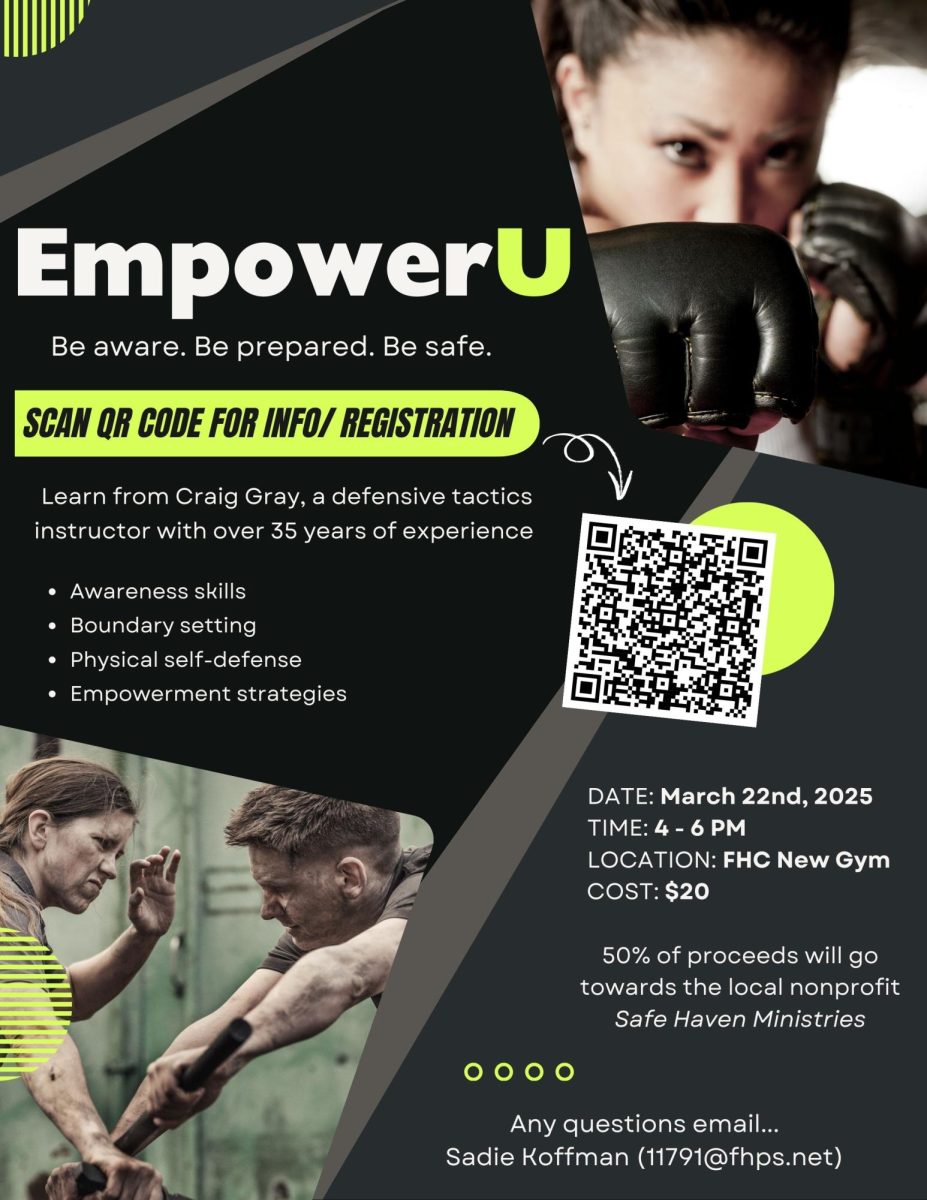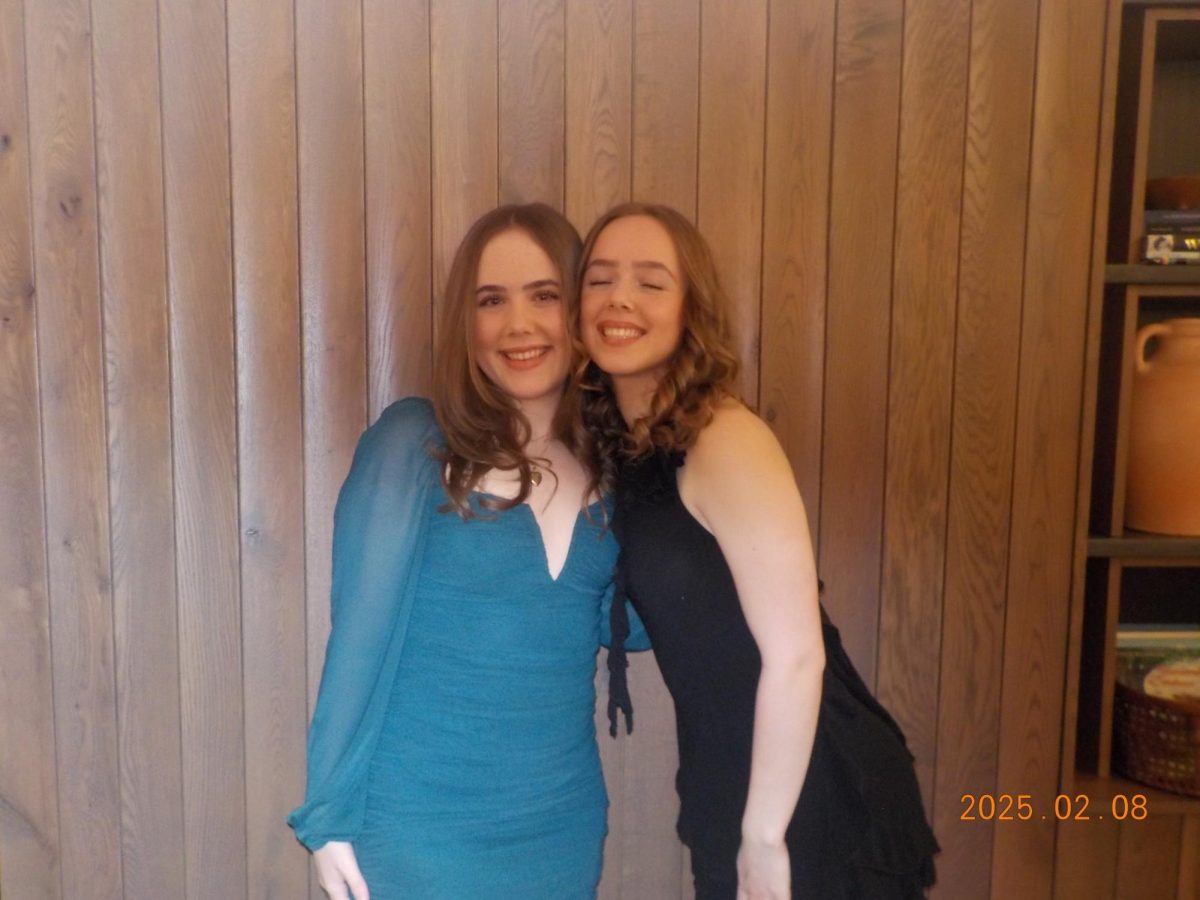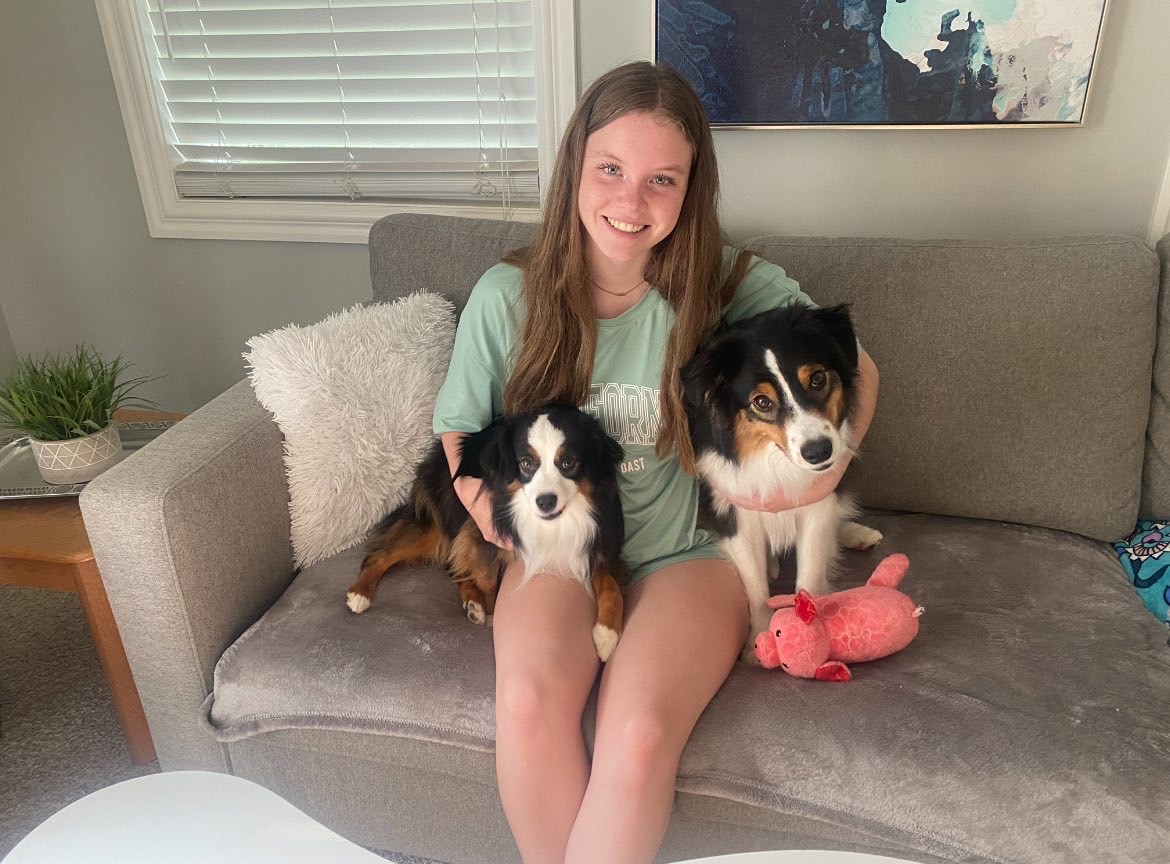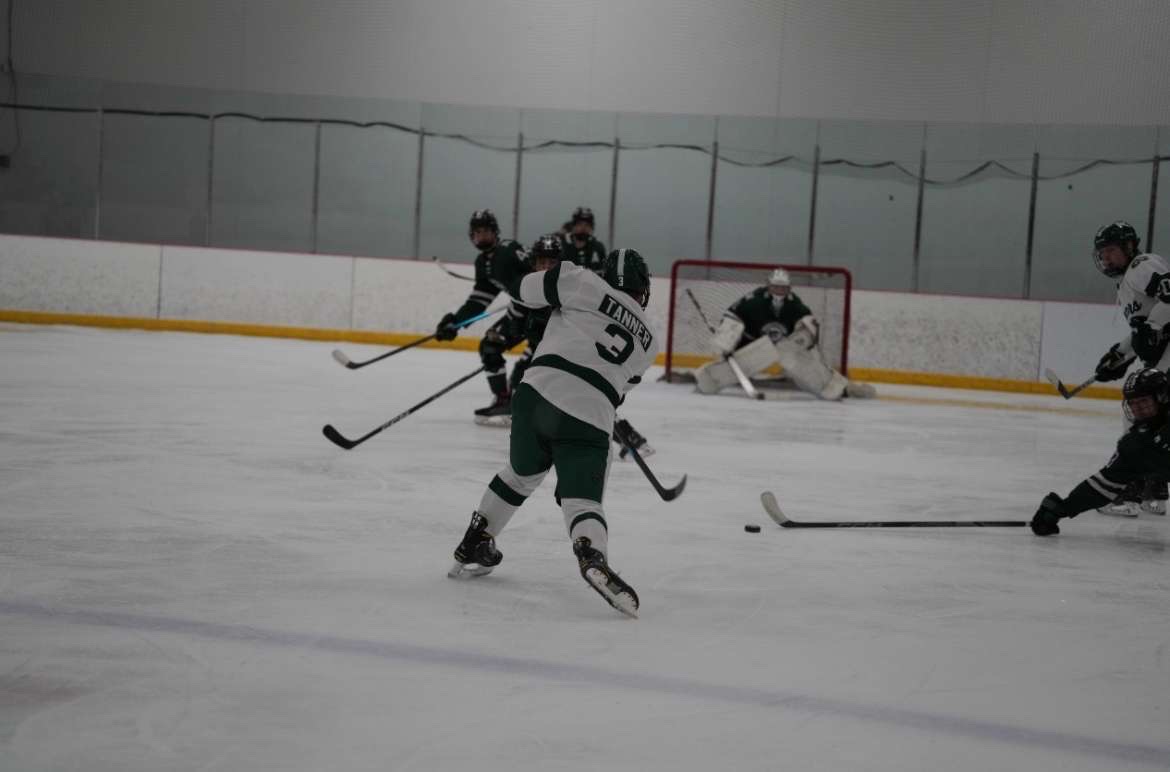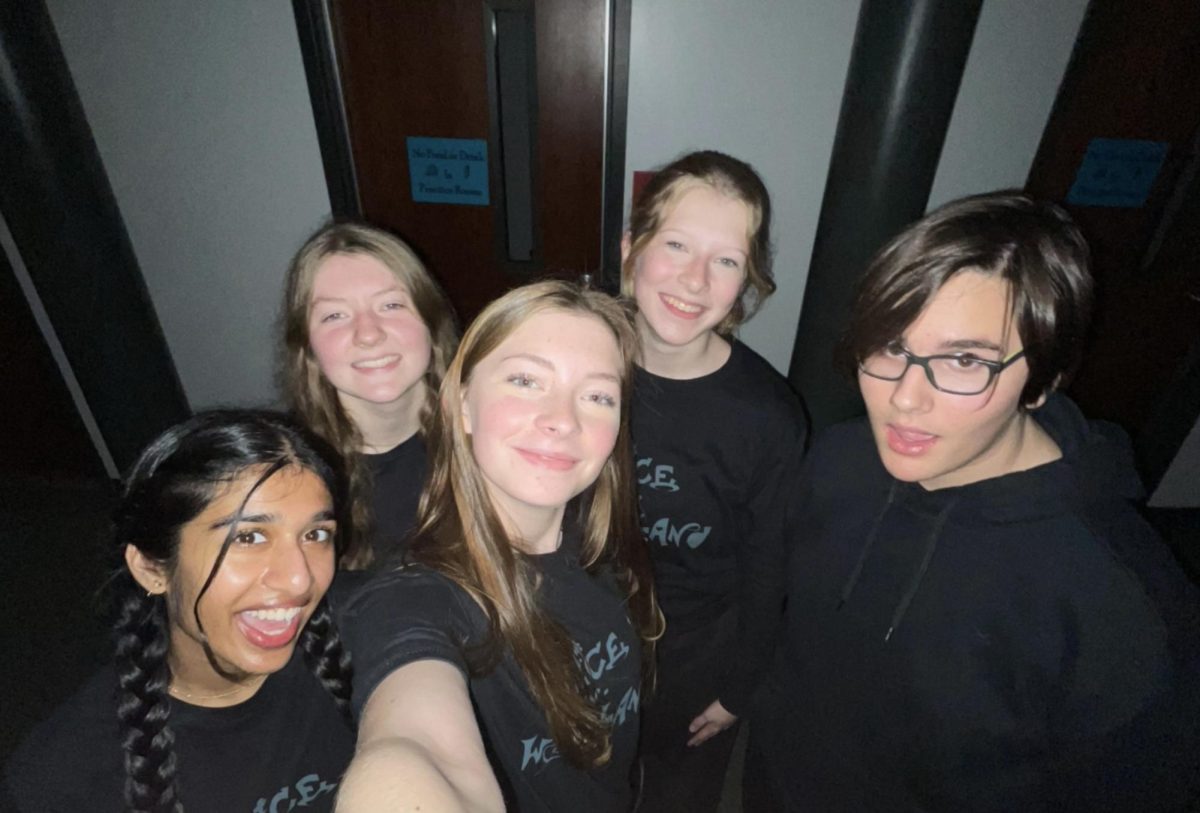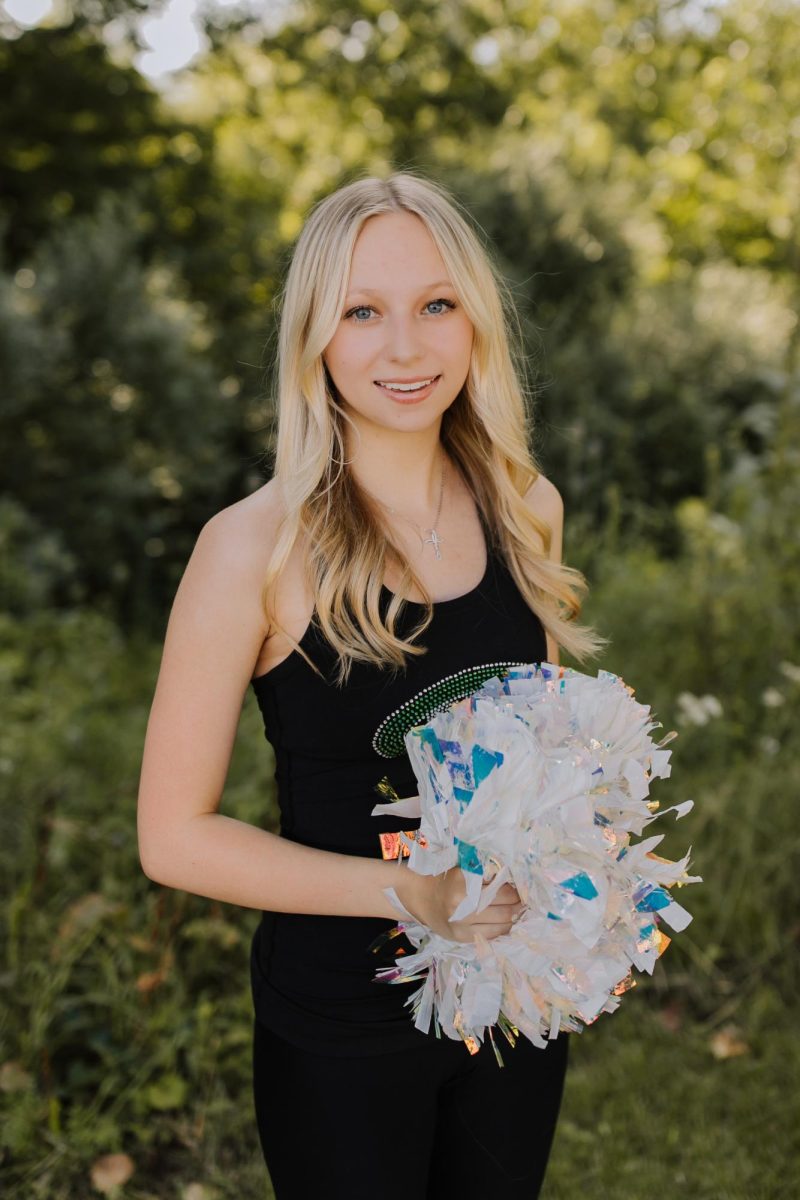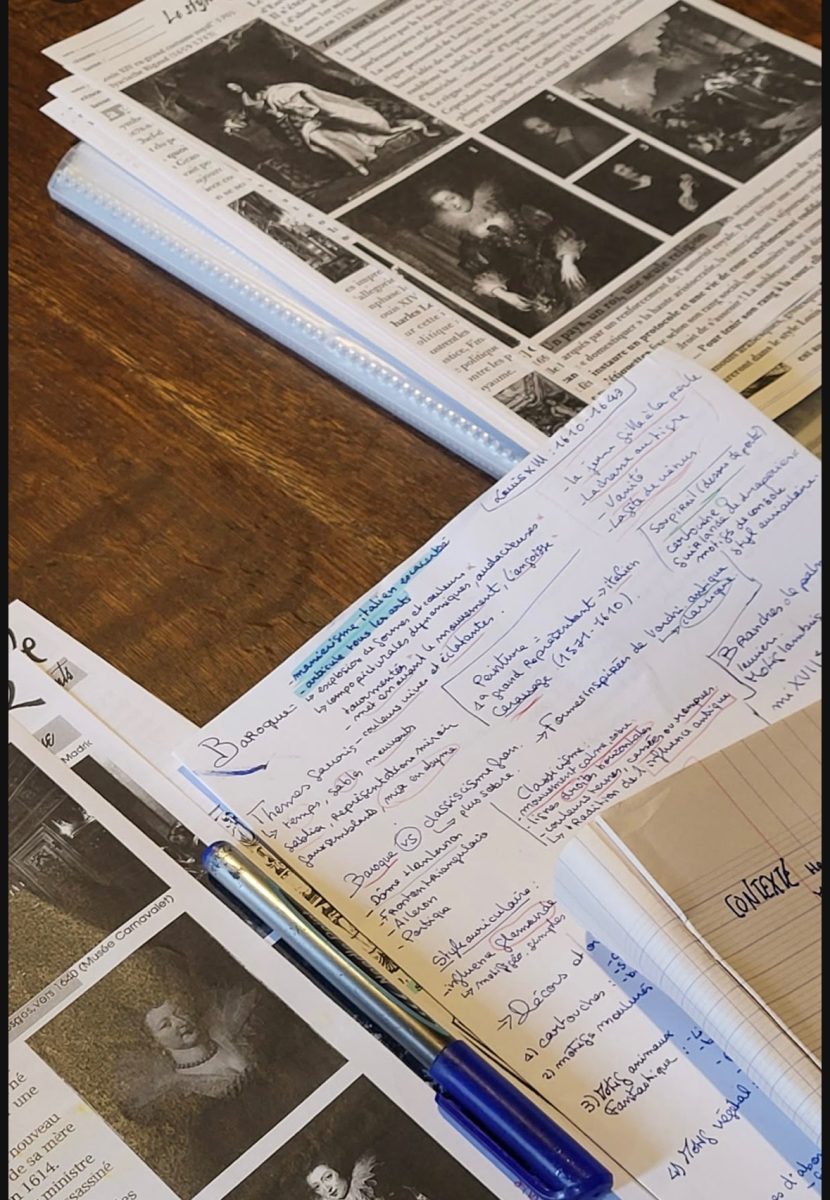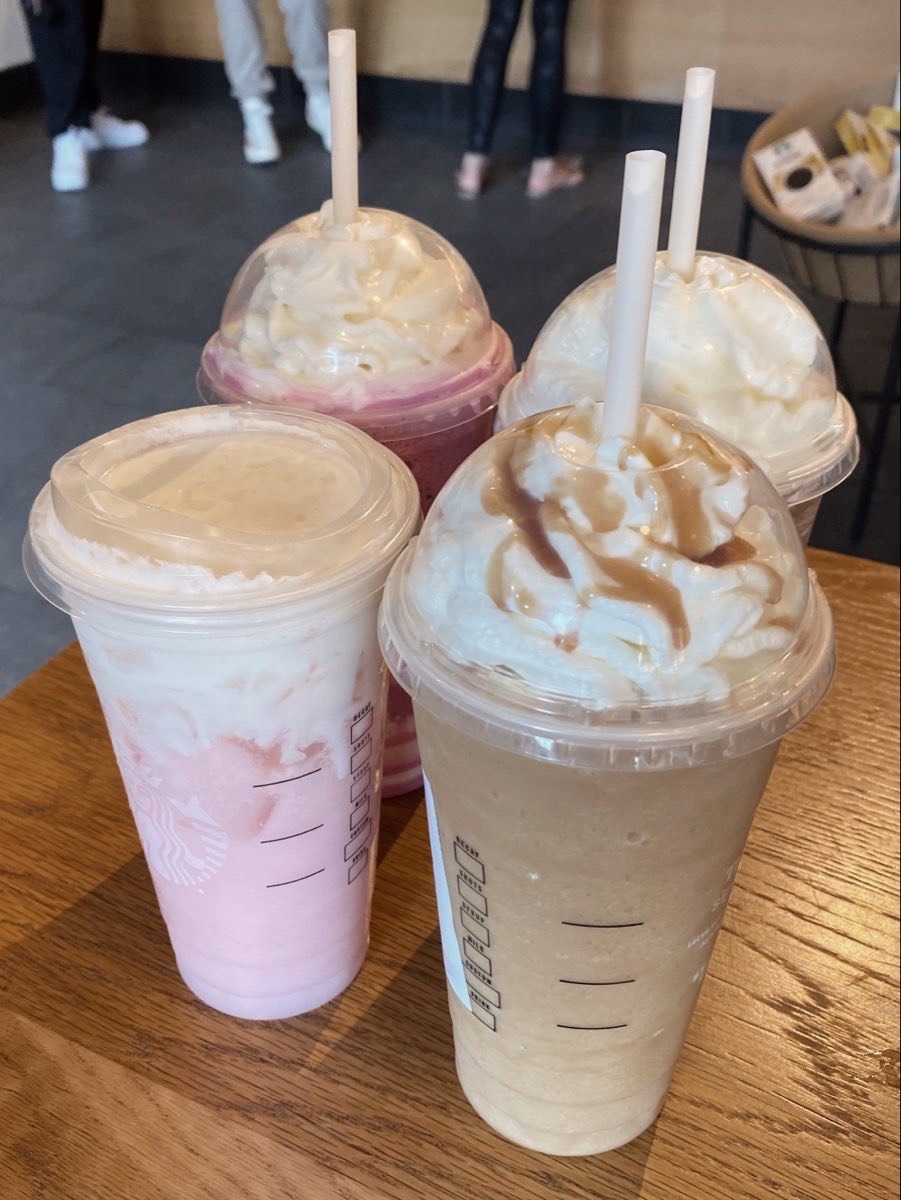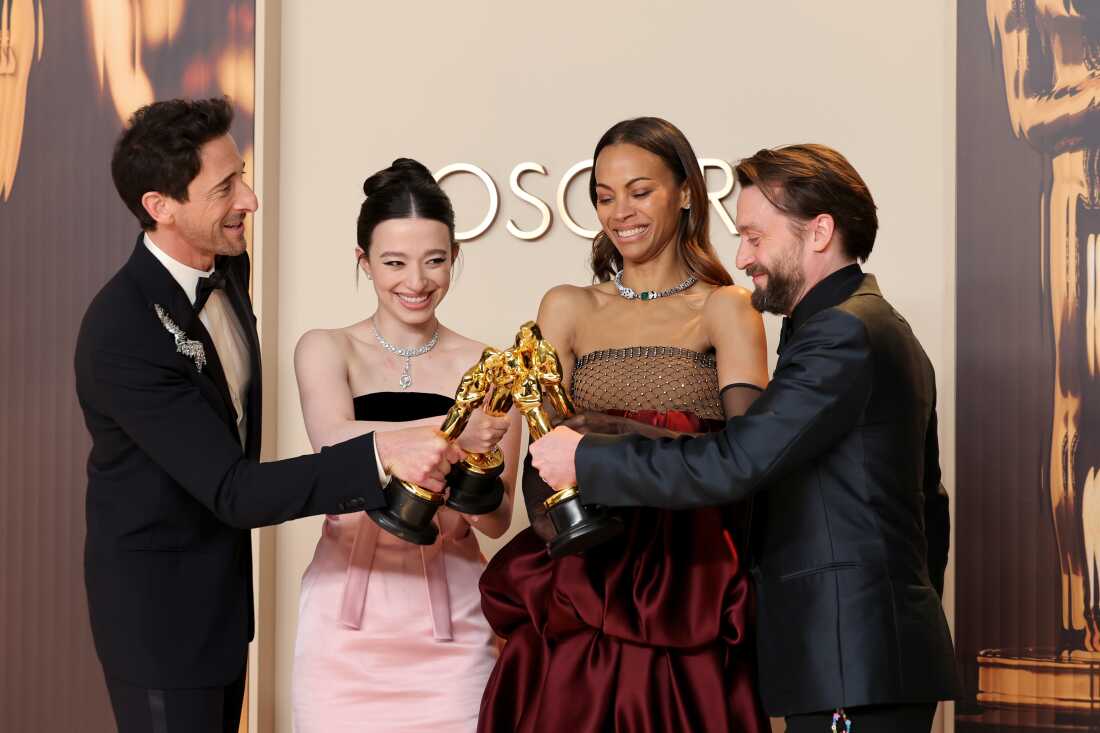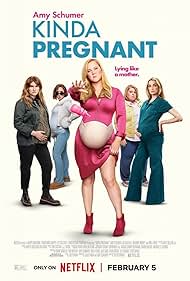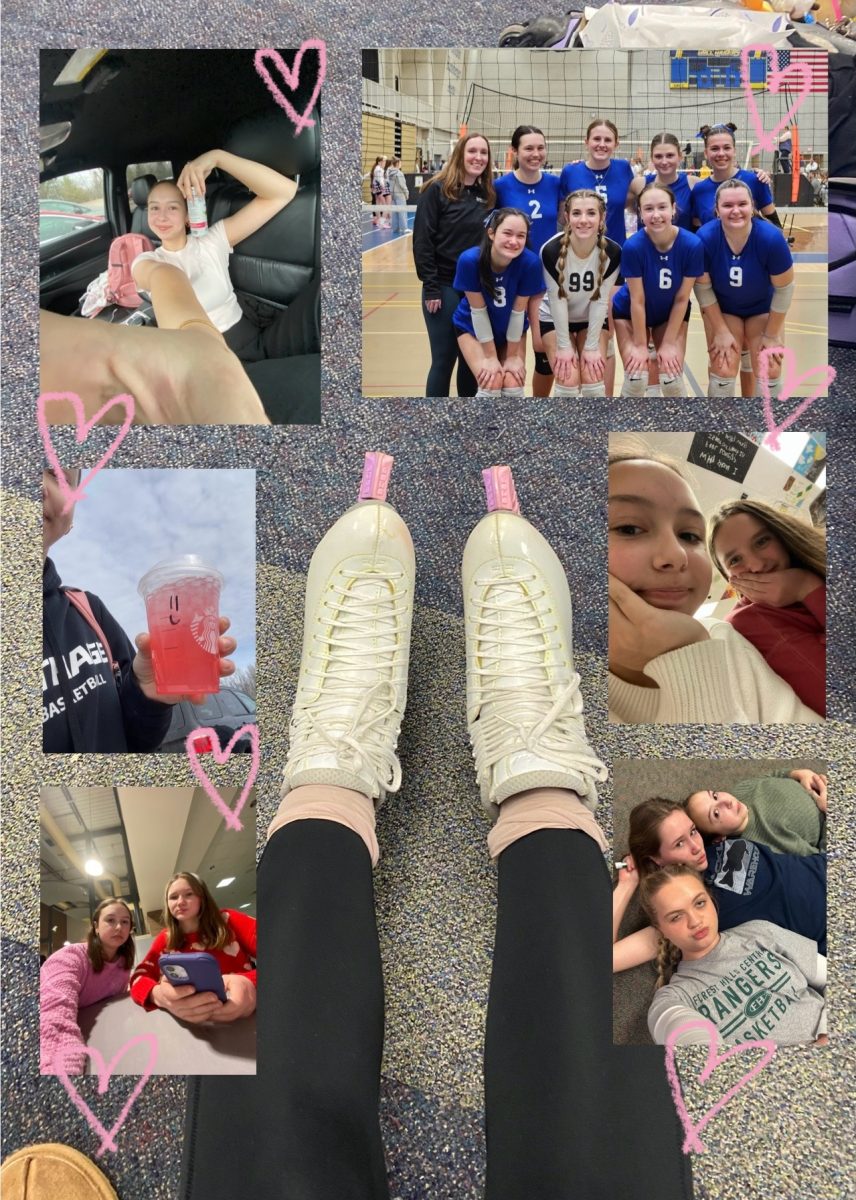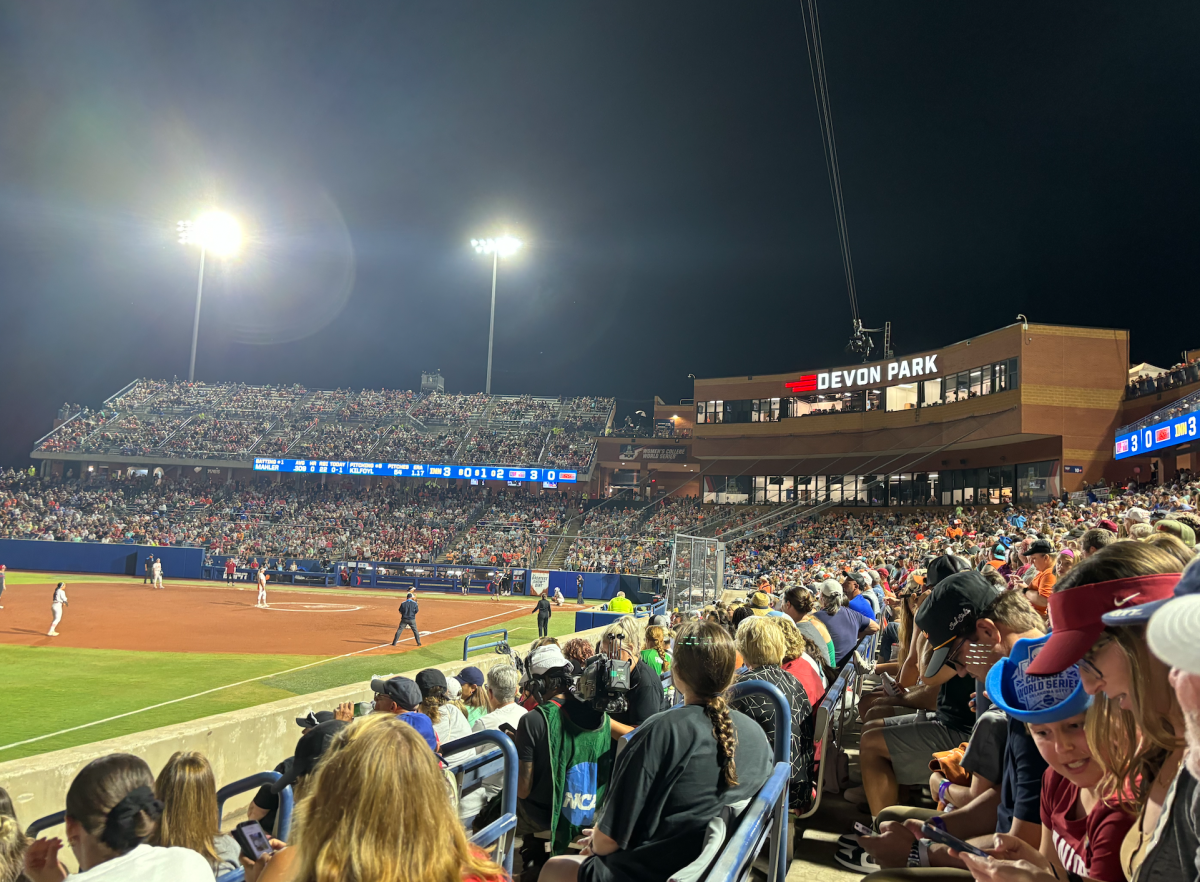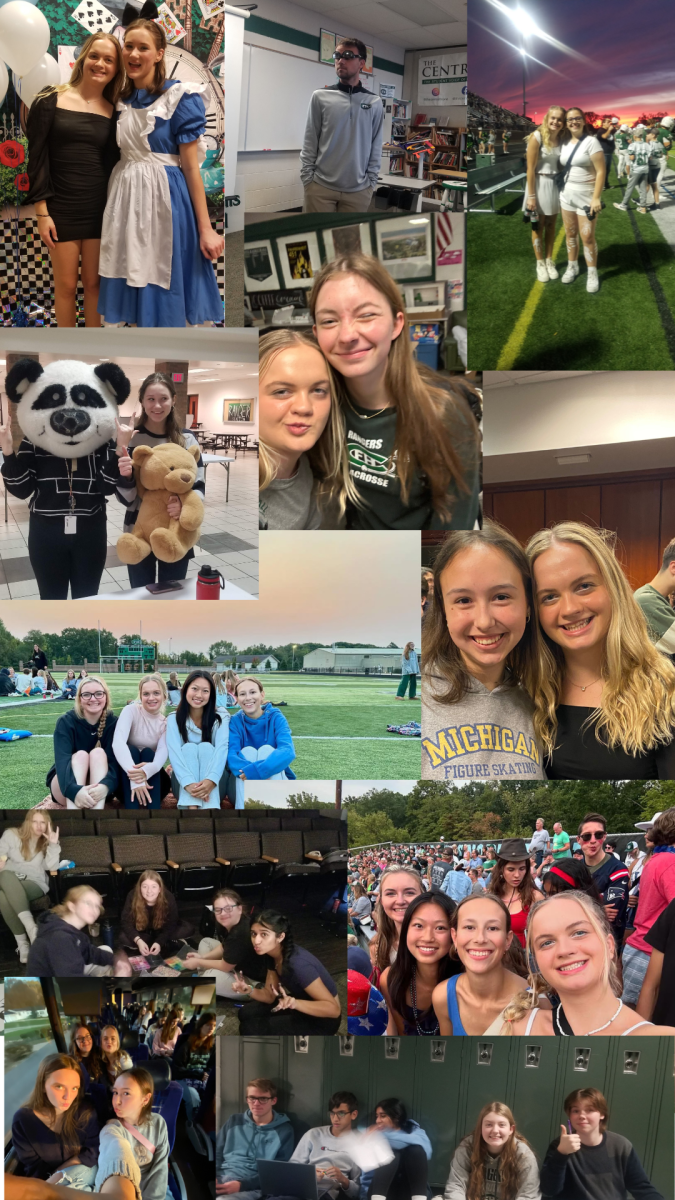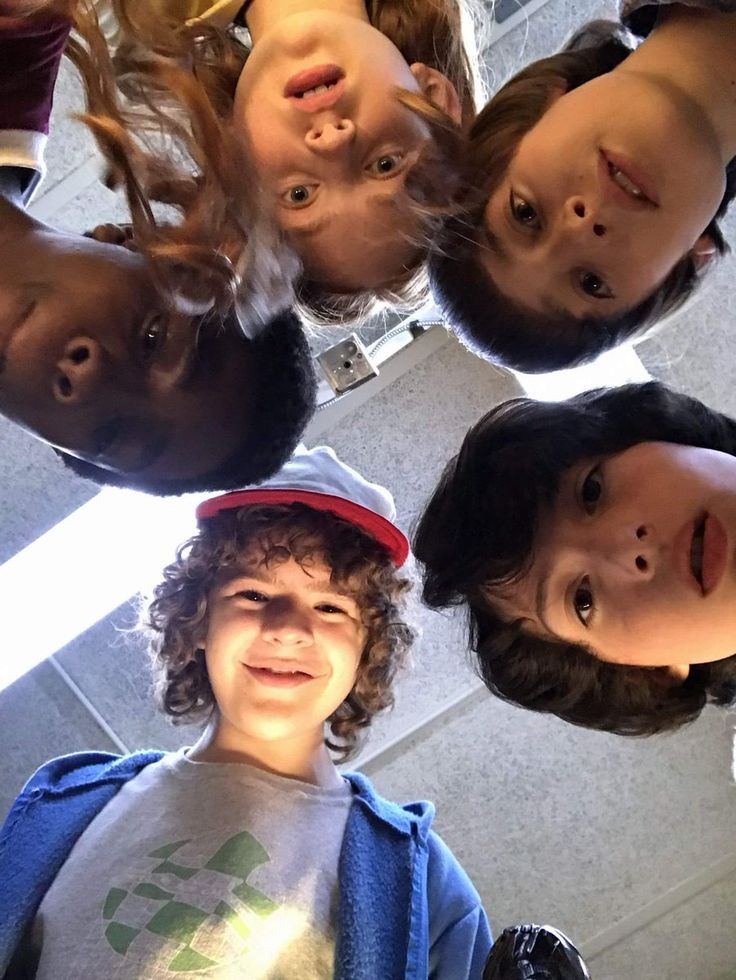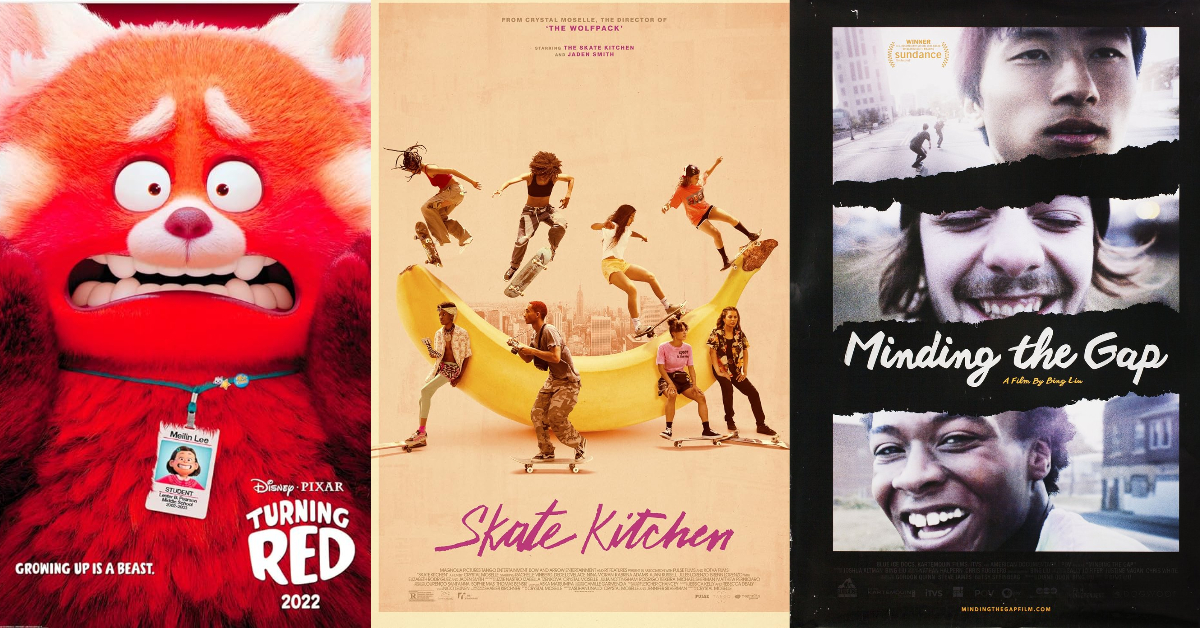Dodie’s new album, Build a Problem, fueled the flame for my few obsessions
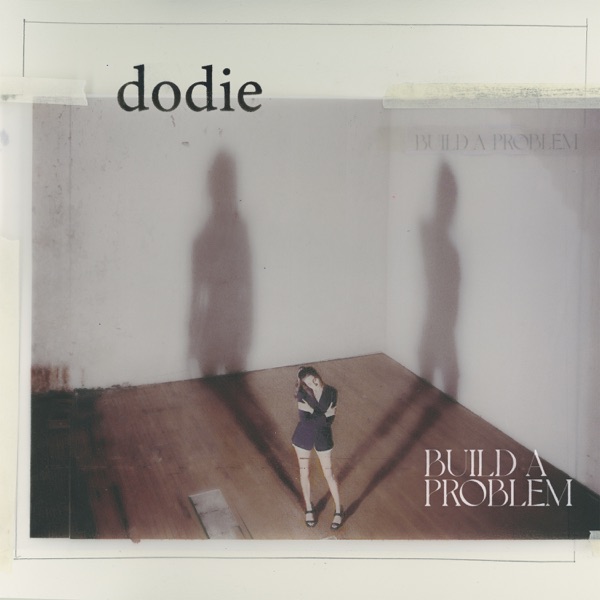
the cover art for Dodie’s latest album “Build A Problem”
My rapid-growing adoration with the dark-academia aesthetic stemmed off of my Harry Potter obsession. Not the death and confliction part of the films, but rather the part with the magical spells and wild creatures.
I want to live in a beautiful reality that is, unfortunately, unrealistic. As badly as I want to run around the castle and sit in the dark library, I know that will never happen. The closest I can ever come to this dream is listening to my favorite dark-academia playlists on YouTube, and I wouldn’t be surprised to one day hear songs from Dodie’s new album, Build a Problem, featured.
Build a Problem broke the bars off the standards that I didn’t even know existed. I’ve never heard the works of Dodie prior to her newest album, and for not knowing what to expect, I wasn’t too optimistic. Usually, pop albums are hit-or-miss, but they’re more likely to be a miss rather than a hit. Build a Problem, I truly believe, should not be categorized as “pop,” nor should be associated with the broad genre. Today’s artists such as Dua Lipa and Camilla Cabello are defining and reshaping the broad, and heavily misused, pop genre to make it more fun and colorful. Build a Problem is more alternative with a hint of indie. In fact, it makes me want to live the sad dream of getting lost in a castle while it’s mysteriously dark and rainy like a solid alternative album should make me feel, not get up and dance like a classic pop album.
Build a Problem has a slight identity crisis for being categorized as pop considering it’s very soft and easy to listen to; pop tends to be more upbeat and outgoing. A prime example is “..” The song has a rather peculiar name as it’s just a period, but the song itself has violins serenading and producing sounds that can induce a deep sleep if I accidentally close my eyes. This piece produced by strings truly belongs in a Harry Potter film because of how soothing I find the violin.
“.” is in the middle of Build a Problem and acts as a beautiful transition between the two views. Before “.,” Dodie’s album has songs titled “Cool Girl” and “I Hate Myself” that are from a first-person point of view, but after “.,” the angle adjusts from Dodie talking about herself, to only talking about boys.
Build a Problem, surprisingly, kept a smooth tone. There were no hiccups or bumps anywhere even when transitioning from song to song, literally. The eighth song in the album order, “Four Tequilas Down,” seamlessly blended into “.,” that blended into “Sorry.” The brilliance in how Dodie connected her views about herself to the views she has on the relationships and friendships she has gained and lost.
In Build a Problem, Dodie opens up about the struggles in her friendships and how it forces us to reflect on ourselves. For example, the last song, “Guiltless (Bonus Track),” was about how Dodie went through a hard time with a relationship that she’d never speak publicly about. In “Sorry” and “Four Tequilas Down,” she sings about how her relationships with not only her friends, but with her fans, has helped open her up. Dodie doesn’t want to be known as an angel or a god, and her fans and the hardships she has had with friends forced her to reflect and adjust.
When the day comes, I wouldn’t be surprised to hear one of Dodie’s angelic songs incorporated in an aesthetics playlist. If it were to happen, I would not mind getting to hear the engaging masterpiece, Build a Problem, once more.
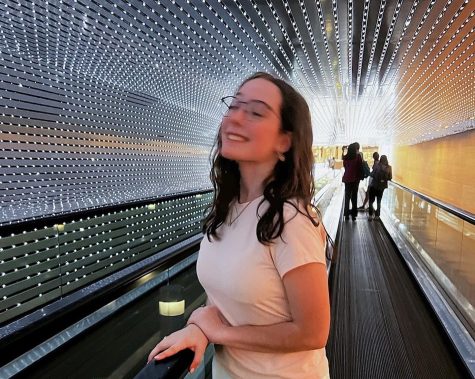
For a third round, Sydney returns to write for The Central Trend as a junior. During the summer, she attended the Washington Journalism and Media Conference...






